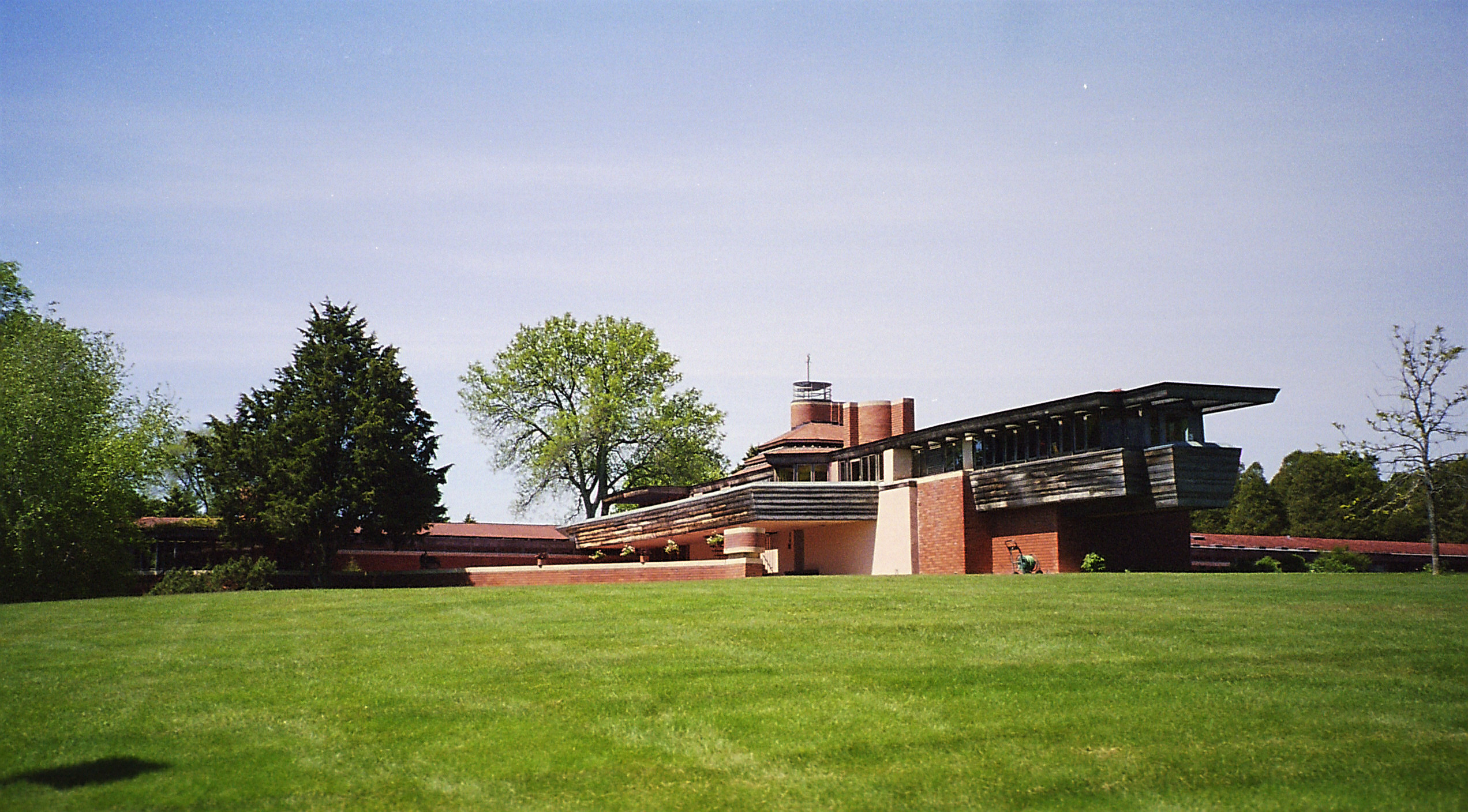
[Old? But somehow, still functionally Good, it seems, it looks; Lille]
Yet another ‘Book By Quote’ then (An attempt to subjectively summarise a book by the quotes I found worthwhile to mark, to remember. Be aware that the quotes as such, aren’t a real unbiased ‘objective’ summary; most often I heartily advise to read the book yourself..!).
And because you’ve been such a nice audience [still countable on the fingers of one hand], you’ll get a double treat; two books by quote in one go. One in English, one in Dutch, even.
So, this time, first up: Alan Lightman, The Accidental Universe, Pantheon Books, 2013, ISBN 9780307908582
Physicists call it the second law of thermodynamics. It is also called the arrow of time. (p.26)
Yet despite all the evidence, we continue to strive for youth and immortality, we continue to cling to the old photographs, we continue to wish that our grown daughters were children again. Every civilization has sought the “elixir of life” – the magical potion that would grant youth and immortality. In China alone, the substance has one thousand names. (p.28)
To my mind, it is one of the profound contradictions of human existence that we long for immortality, indeed fervently believe that something must be unchanging and permanent, when all of the evidence in nature argues against us. (p.34)
Despite all the richness of the physical world – the majestic architecture of atoms, the rhythm of the tides, the luminescence of the galaxies – nature is missing something even more exquisite and grand: some immortal substance, which lies hidden from view. (p.34)
… is to state what I call the central doctrine of science: All properties and events in the physical universe are governed by laws, and those laws are true at every time and place in the universe. (p.39)
However … falsifying the arguments put forward to support a proposition does not falsify the proposition. (p.49)
Broadly speaking, there are two kinds of knowledge in science: the properties of physical things, and the laws that govern those physical things. (p.55)
I would suggest that there are two kinds of knowledge in religion: the transcendent experience, and the content of sacred religious books, …
In fact, in human-made art, especially in painting, it seems that a slight bit of asymmetry is desirable and found to achieve a higher aestetic satisfaction. Ernst Gombrich …, believes that although human beings have a deep psychological attraction to order, perfect order in art is uninteresting. “However we analyse the difference between the regular and the irregular,” he writes, “we must ultimately be able to account for the most basic fact of aestetic experience, the fact that delight lies somewhere between boredom and confusion. …” (pp.80-81)
I would hazard the guess that not many of us Homo sapiens would leap at the chance to have our thoughts and behavior reduced to neat lines and mathematical symbols in the blackboard. In almst everything else, we strive for logic and pattern and quantification. We admire principles and laws. We embrace reasons and causes – some of the time. At other times, we value spontaneity, unpredictability, unlimited and unconstrained behavior, complete personal freedom. On the subject of rules and patterns, I think we are absolutely schizophrenic. We are drawn to the symmetry of a snowflake, and we are also drawn to the amorphous shape of a cloud floating high in the sky. … We honor those people who have lived upright and sensible lives, and we also esteem the mavericks who have broken the mold. (pp.104-105)
Every once in a while, we demand a fly in the ointment. (p.109)
We will have freedom at any cost. We delight in discovering a rational universe as long as we ourselves are exempt from the rules. (p.122)
All of these examples are now familiar to us. But they are alarming nonetheless. Using technology, we have redefined ourselves in such a way that our immediate surroundings and relationships, our immediate sensory perceptions of the world, are much diminished in relevance. We have trained ourselves not to be present. … we have marginalized our direct sensory experience. (p.140)
And a pictoral interlude:

[Mr. Johnson, spread your Wing in sconsin]
OK then, for your second beating, here’s, all in Dutch, Marcel van Driel, Waanzinnige plannen, Scriptum, 2013, ISBN 9789055942992.
‘Wanneer je bang bent om iemand kwaad te maken, dan kom je uiteindelijk uit bij de kleinste gemene deler van het menselijk kunnen’ (Jimmy Carter) (p.81)
Ken je één bedrijf dat succesvol transformeerde na een serie management- of inspiratiesessies? (p.106)
Volgens Howe … kun je crowdsourcing onderverdelen in de volgende vier categorieën:
- Wat de crowd weet. …
- Wat de crowd creërt. …
- Wat de crowd denkt. …
- Wat de crowd betaalt, … (pp.140-145)
‘Eenieder die in kleine zaken achteloos met de waarheid omgaat, kan geen grote zaken worden toevertrouwd.’ (A. Einstein)(p. 201)
‘Ik zie iets te veel luchtkastelen zonder bouwvergunning voorbij komen’ (Judith van Renselaar-Oostra)(p.211)
Ze hebben mijn boeken niet begrepen! Ze hebben mij niet begrepen! De eikels. (p.252) [Zou mijn motto kunnen zijn; red.]
‘Jullie zijn niet je baan. Jullie zijn niet hoeveel geld jullie op de bank hebben. Jullie zijn niet de auto’s waarin jullie rijden. Jullie zijn niet de inhoud van jullie portemonnee. Jullie zijn niet jullie kloterige khaki pakken. Jullie zijn vol leven, de moderne shit van deze wereld.’ (Chuck Palahniuk in Fight Club)(p. 256)
‘Als je God aan het lachen wil krijgen, vertel hem dan je plannen’ (W. Allen)(p.271)



